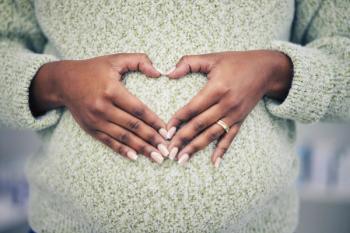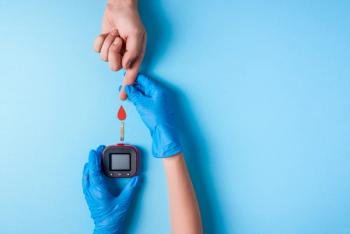
ADA 2020: FreeStyle Libre System Use Decreases Diabetic Ketoacidosis Rates
New findings from a study presented at the ADA’s 80th Scientific Sessions showed a dramatic drop in diabetic ketoacidosis hospitalizations in patients who used the FreeStyle Libre system
Initiation of Abbott's FreeStyle Libre, a sensor-based glucose monitoring system, resulted in a dramatic decrease in diabetic ketoacidosis (DKA) rates among patients with type 1 and type 1 diabetes, according to results from a study presented today during the American Diabetes Association’s (ADA’s) 80th Scientific Sessions.
The findings from the RELIEF study, which is the largest study to date on the effect of FreeStyle Libre system on hospitalization rates for DKA, were presented by lead investigator Ronan Roussel, MD, PhD, chief of the endocrinology, diabetes, and nutrition department at Hôpital Bichat, Fédération de Diabétologie, AP-HP, Paris, France.
The FreeStyle Libre system is designed to address the pain, inconvenience, and hassles of both strip and sensor-based glucose monitoring, Dr Roussel said in the presentation. The overall study aimed to describe how prescription and use of the FreeStyle Libre device is being managed for patients with diabetes, and assess the effect on health care outcomes and associated costs in standard practice in France. For the current analysis, the investigators sought to assess the risk of hospitalization related to DKA before and after access to the FreeStyle Libre system in France in patients with type 1 and type 2 diabetes.
For the study, the investigators retrospectively analyzed DKA rates using ICD-10 codes on the French national claims database, among 33,203 individuals with type 1 diabetes and 40,955 individuals with type 2 diabetes who used the FreeStyle Libre system between August 1, 2017 and December 31, 2017. DKA rates were recorded in the year prior to the first FreeStyle Libre sensor claim and in the year after. Eligible patients enrolled in the study were classified according to their use of self-monitoring blood glucose (SBMG) test strips in the year prior to initiation of the FreeStyle Libre system.
The results showed that, overall, yearly DKA rates decreased after FreeStyle Libre initiation by 52% for patients with type 1 diabetes and 47% for patients with type 2 diabetes.
In the sub-population of patients who did not use SMBG testing in the year prior, there was a 60% reduction for patients with type 1 diabetes and 51% reduction for patients with type 2 diabetes. Marked reductions in hospitalizations were also demonstrated in patients with the most regular use of SMBG testing (59% for type 1 diabetes and 52% for type 2 diabetes), according to the study.
Additionally, reduced hospitalization rates for DKA were observed for patients treated with multiple daily injections, as well as for patients who used continuous insulin infusion.
“It is plausible that the use of the FreeStyle Libre system allowed people to detect and limit persistent hyperglycemia, and subsequently ketoacidosis,” Roussel noted in the presentation. He concluded that the analysis has significant implications for patient-centered clinical care in diabetes and also for long-term health economic outcomes in the treatment of diabetes at a national level.
Reference
1. Roussel R, Guerci B, Vicaut E, et al. Dramatic drop in ketoacidosis rate after FreeStyle Libre system initiation in type 1 and type 2 diabetes in France, especially in people with low self-monitoring of blood glucose (SBMG): A nationwide study. Presented at: The American Diabetes Association 80th Scientific Sessions; June 12-16; online.
Newsletter
Pharmacy practice is always changing. Stay ahead of the curve with the Drug Topics newsletter and get the latest drug information, industry trends, and patient care tips.















































































































